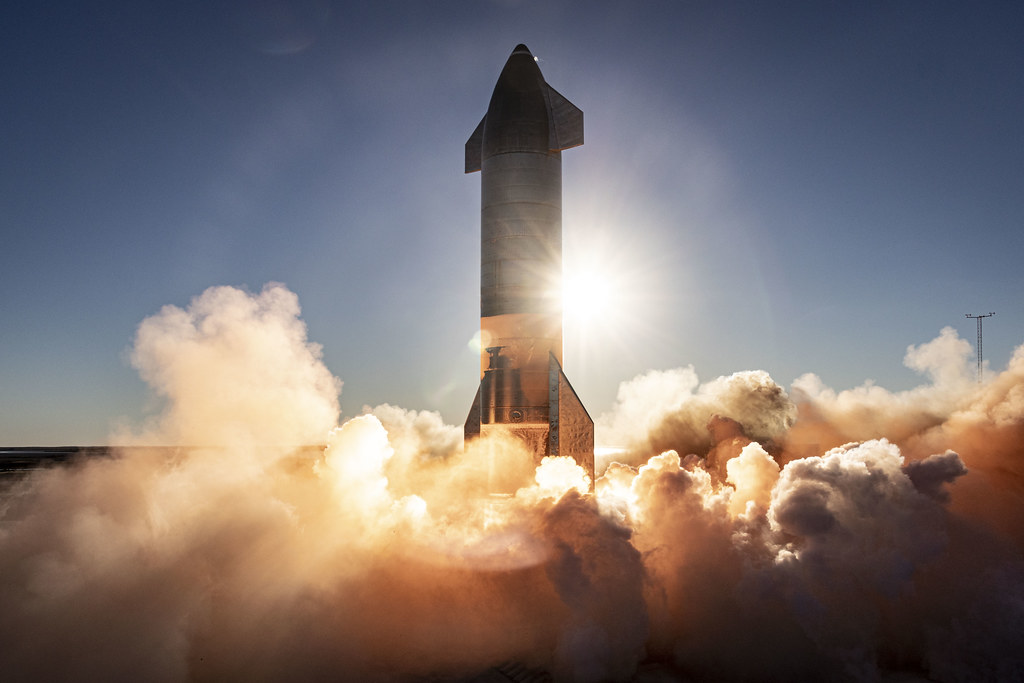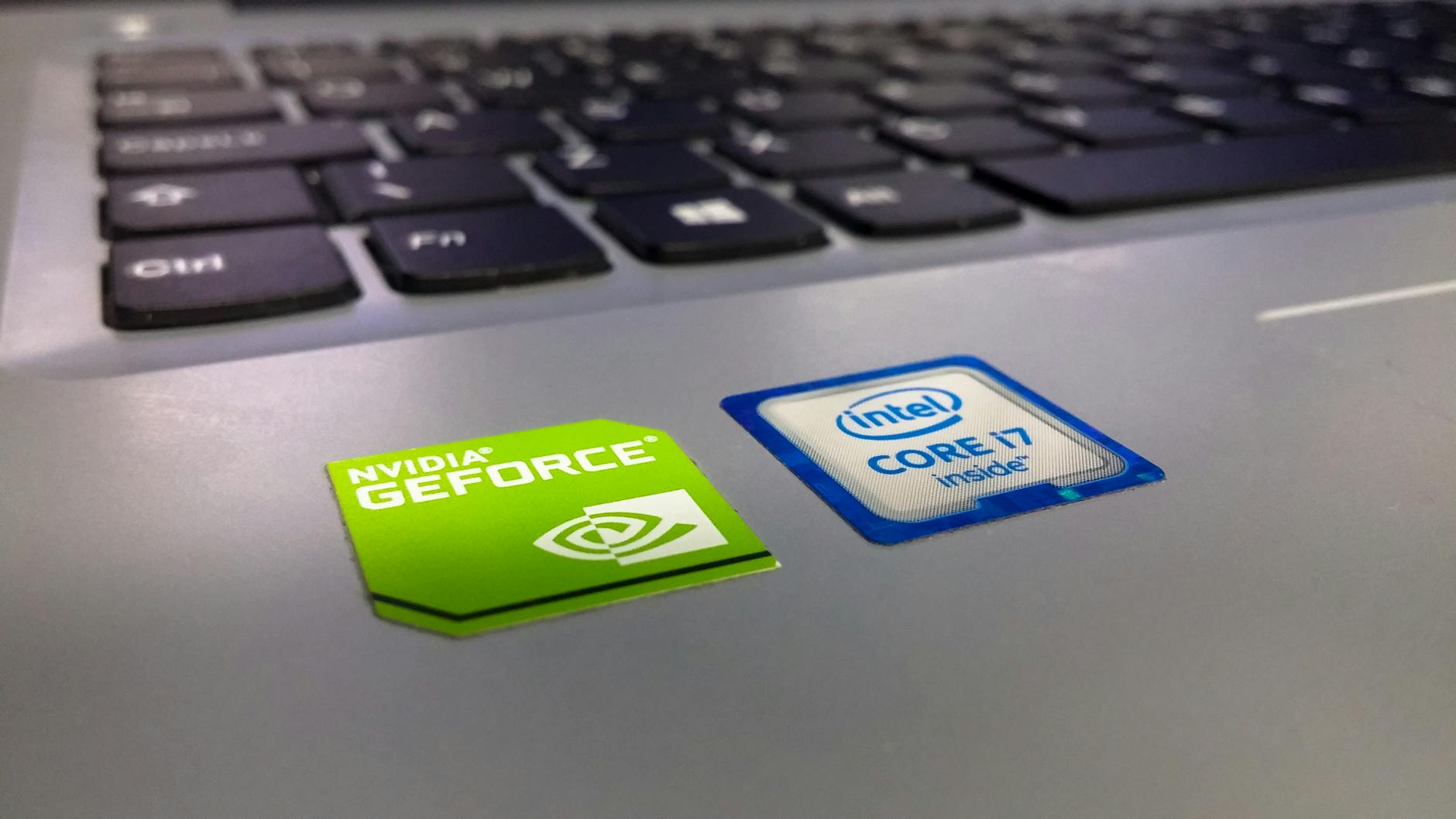SpaceX’s ambitious Starship system achieved another important milestone during its sixth test flight on Wednesday, despite some unexpected challenges. The test, launched from SpaceX’s Starbase in Texas, showed significant progress. The company is on a quest to develop a fully reusable spacecraft. This spacecraft aims to carry humans to the Moon, Mars, and beyond. Here’s a breakdown of the key events and implications of this flight.
The Launch and Key Achievements
At 3:30 AM IST, the nearly 400-foot-tall Starship system, comprising the Starship spacecraft and the Super Heavy booster, lifted off. The launch was part of a 30-minute window designed to push the limits of the vehicle’s capabilities. The primary objectives of the test included verifying Starship’s reentry abilities and Raptor engine performance in space.
The Starship spacecraft performed well. It completed its planned trajectory and made a successful splashdown in the Indian Ocean. However, the Super Heavy booster encountered difficulties. The planned aerial capture by SpaceX’s “Mechazilla” tower did not happen. Instead, the booster tipped over during its splashdown in the Gulf of Mexico. It then exploded.
Notable Successes
Despite the setback with the booster, several key achievements were made during this flight:
- Starship Upper Stage Separation: The Starship spacecraft separated from the Super Heavy booster as planned. It continued its suborbital flight and gathered valuable data.
- Heat Shield and Reentry Testing: The spacecraft conducted crucial heat shield experiments. It pushed the limits of its reentry capabilities. The spacecraft performed a controlled splashdown in the Indian Ocean 65 minutes after launch.
- NASA’s Artemis Program: This flight marks another step toward NASA’s Artemis program, aiming to return astronauts to the Moon. SpaceX’s Starship is planned to serve as the lunar lander for future Artemis missions.
The Unexpected Setback: Super Heavy Booster
The failure of the Super Heavy booster to land as intended highlighted the challenges still ahead for SpaceX. The booster was designed to return to Earth. It was supposed to be caught by the launch tower’s “chopstick” arms. However, it faced an anomaly during its return. Instead of landing on the tower, it made a controlled splashdown in the ocean before tipping over and exploding.
However, this setback doesn’t overshadow the achievements of the test. SpaceX engineers are already analyzing the flight data. They aim to pinpoint the cause of the malfunction. They will refine the booster’s return sequence for future flights.
Looking Ahead: Progress and Future Tests
Despite the booster failure, SpaceX continues to demonstrate rapid progress with Starship’s development. The Starship spacecraft has now successfully completed two consecutive water landings, proving its ability to return safely from space. In the coming years, SpaceX plans long-duration flight tests. The company will conduct propellant transfer demonstrations. These efforts aim to further test the limits of the system. They also prepare for Artemis III and other ambitious space missions.
Key Takeaways:
- Starship Test Flight: SpaceX successfully completed its sixth test flight, marking progress toward reusable space travel.
- Super Heavy Booster Setback: The booster failed to land but continued performing well during ascent.
- Starship Success: The Starship spacecraft achieved a successful suborbital trajectory and splashdown.
- Artemis and Mars: This flight plays a crucial role in NASA’s Artemis program and SpaceX’s Mars ambitions.
SpaceX’s Starship system is paving the way for the future of space travel. Stay tuned for updates on future test flights and breakthroughs in reusable space technologies that revolutionize human space exploration. Follow us to learn more about SpaceX’s journey to the Moon, Mars, and beyond!


